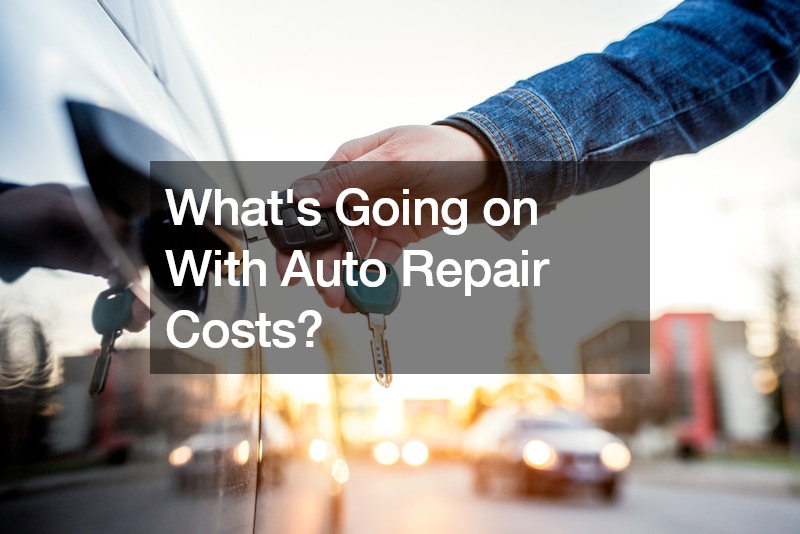
Auto repair costs have seen a noticeable surge in recent years, leaving many consumers questioning the factors behind this upward trend. One prominent contributor is the rapid advancement of automotive technology, with sophisticated sensors and computerized systems becoming integral to modern vehicles. As a result, diagnosing and fixing issues now requires specialized knowledge and expensive equipment, translating into higher service charges.
Supply chain disruptions have further aggravated the problem, impacting the availability and cost of essential vehicle components. The global pandemic, in particular, disrupted manufacturing processes and created shortages. This domino effect has left repair shops and consumers grappling with elevated routine maintenance and repair expenses.
The change towards electric and hybrid vehicles has introduced a new dimension to the realm of vehicle repair costs. While these eco-friendly alternatives offer numerous benefits, their intricate electrical systems and specialized components often produce higher repair bills. Technicians require specialized training to address the unique challenges posed by electric vehicles, adding an extra layer of expertise that may come at an additional cost for consumers.
The landscape of auto repair costs is evolving, influenced by technological advancements, supply chain disruptions, and the growing prevalence of electric vehicles. As consumers navigate this changing terrain, it becomes important to stay aware of the factors driving these costs and explore alternative solutions, such as regular maintenance and seeking multiple repair estimates, to mitigate the financial impact of necessary vehicle repairs.
.





